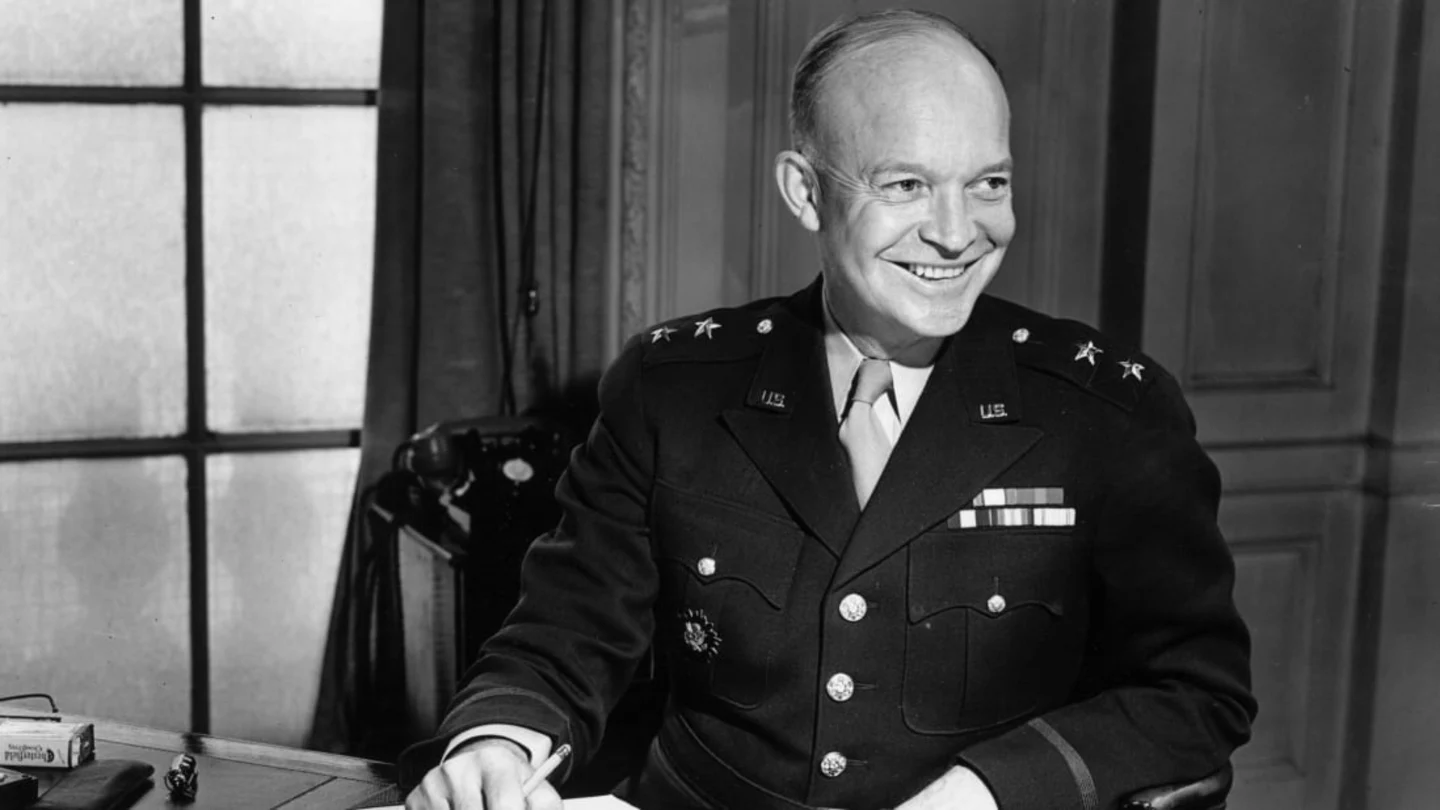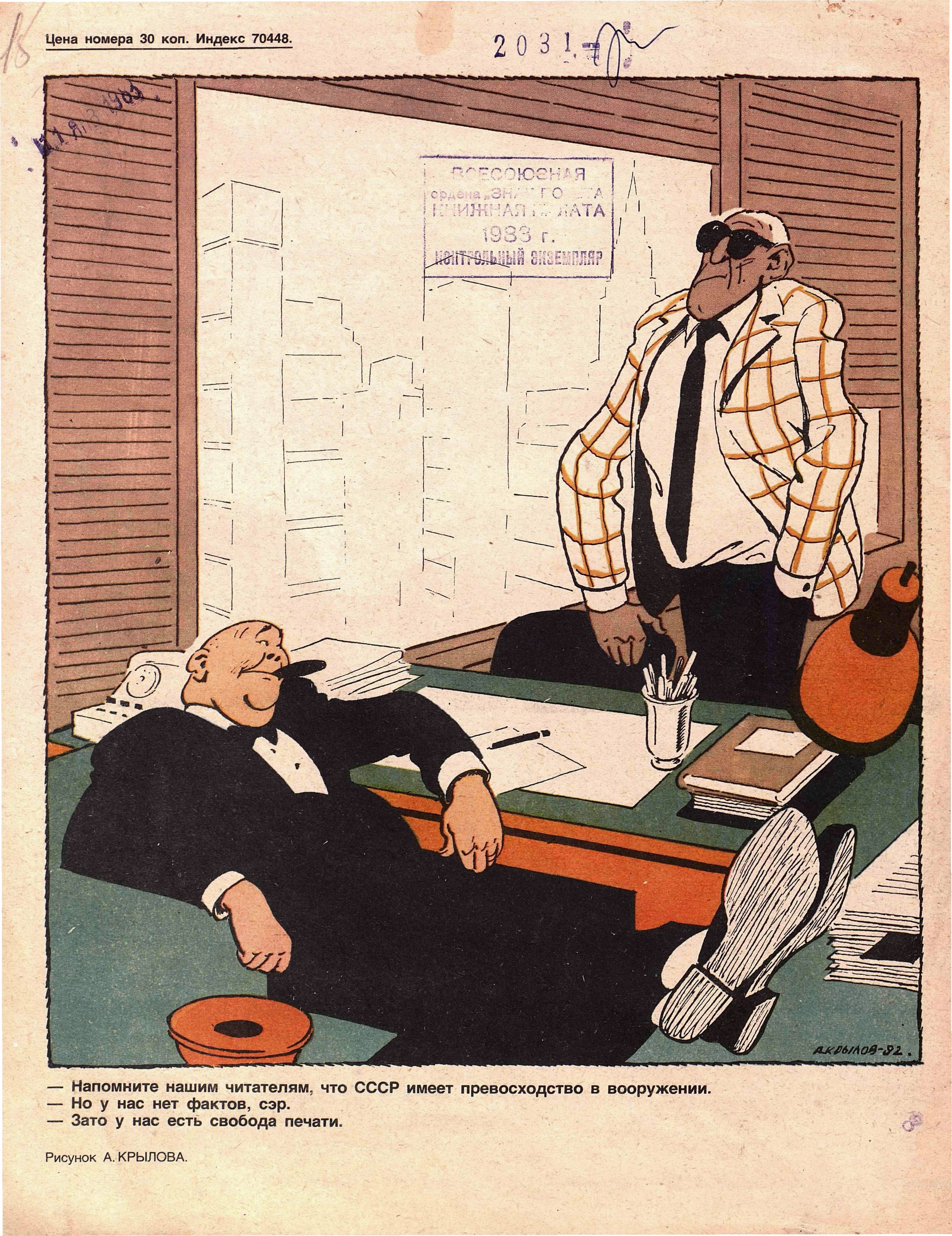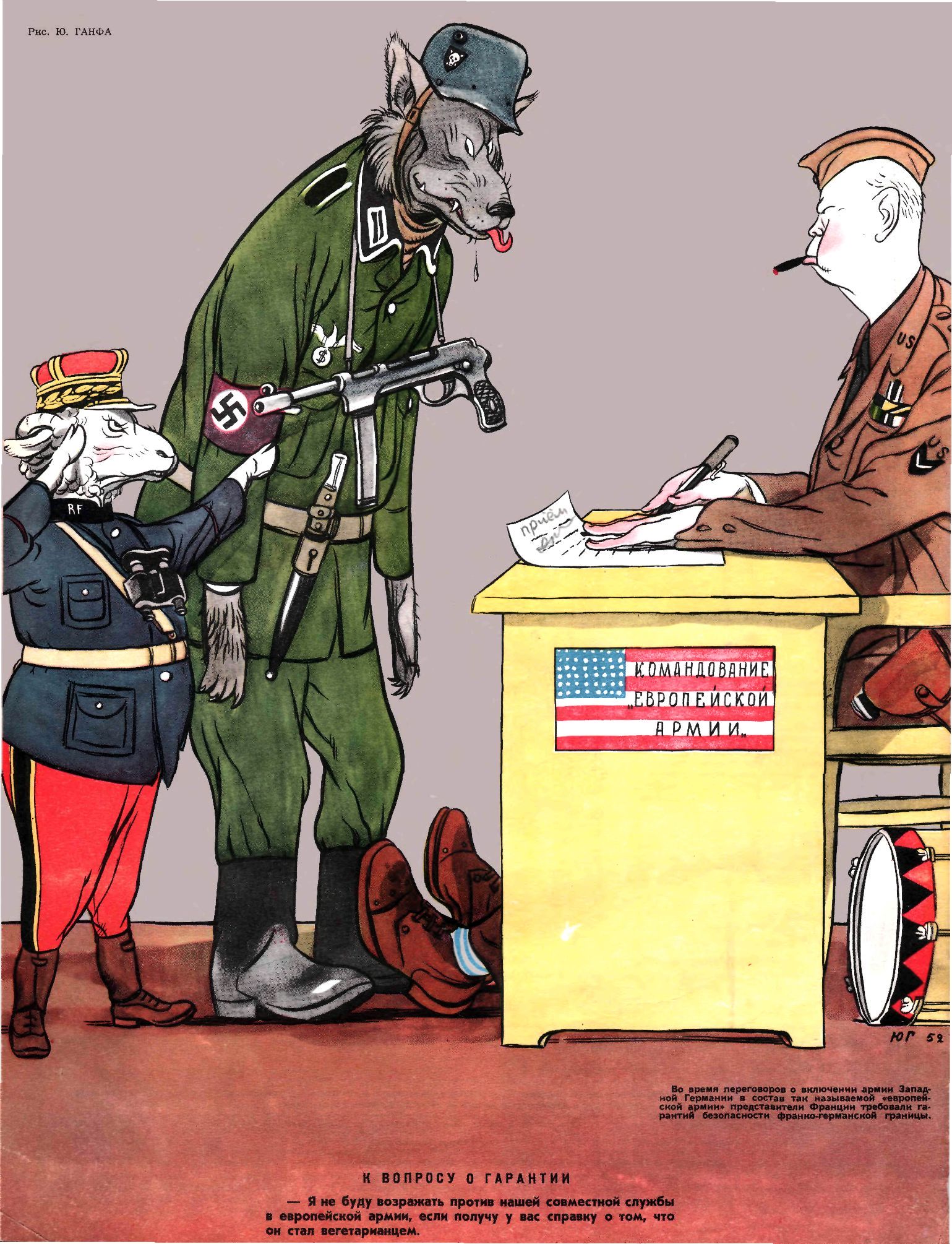The article appears in the “Historian” magazine, written by Alexander Kolpakidi. We added an illustration to better drive home the point about MSM collusion.
US President Dwight Eisenhower was quite far-sighted, but America in his time was not yet mature enough to understand the changed balance of power in the world.
The first timid steps of this president towards “détente” were resolutely opposed by the majority of the American elite, and the CIA twice became an insurmountable obstacle to the president’s path, thwarting his plans.
The first time this happened was due to the myth that America was lagging behind in the number of bombers.
It all started when the experts from the Rand Corporation began to study the vulnerability of the bases of the Strategic Aviation Command. Although the United States had superiority over the USSR in both nuclear weapons and bombers at that time, experts painted a terrifying picture of how a Soviet strike would destroy American strategic aviation on the ground and the United States would remain helpless before the “terrible Russians.”
The CIA was tasked with assessing the power of the Soviet air force. This task was performed in an absolutely amazing way. Intelligence agents had to… estimate the total production area of the aviation plant in Fili and, based on this estimate, calculate the production rate of strategic bombers. American military factories must be somewhat different from ours in terms of the rational use of the land allocated to them. Based on the CIA agents walking around the factory fence, which, in addition to the workshops, enclosed squares, garbage dumps and wastelands, it was concluded that the production of Soviet bombers was growing fantastically.
These “scientifically” based calculations were supported by even more “scientific” observations. On July 3, 1955, the Day of the Air Force, during the aviation parade in Moscow, the American intelligence officers diligently counted the bombers which took part in the celebration. The numbers turned out to be fantastic. The only thing the Americans didn’t realise was that they kept counting the same planes circling in the area of the air parade. This consideration was too primitive for the intelligence aces.
Based on these calculations and observations, the CIA estimated that the USSR would deploy 500 such aircraft by 1960. The terrible data got into the press, and the hysteria that broke out about the “bomber gap” significantly limited Eisenhower’s freedom of manoeuvrer for a while.
– The article continues after the illustration…
♦️♦️♦️
The “Soviet threat” (which nowadays morphed into the “Russian threat”) remained with the USA, constantly whipped into the frenzy among the general public by the “free press”.
Andrey Krylov drew this caricature for the Soviet satirical magazine “Krokodil”, published in issue №2 in 1983.
— Remind our readers that the USSR has a superiority in armaments.
— But we do not have facts, sir…
— On the other hand, we have freedom of press.
♦️♦️♦️
Continue reading



